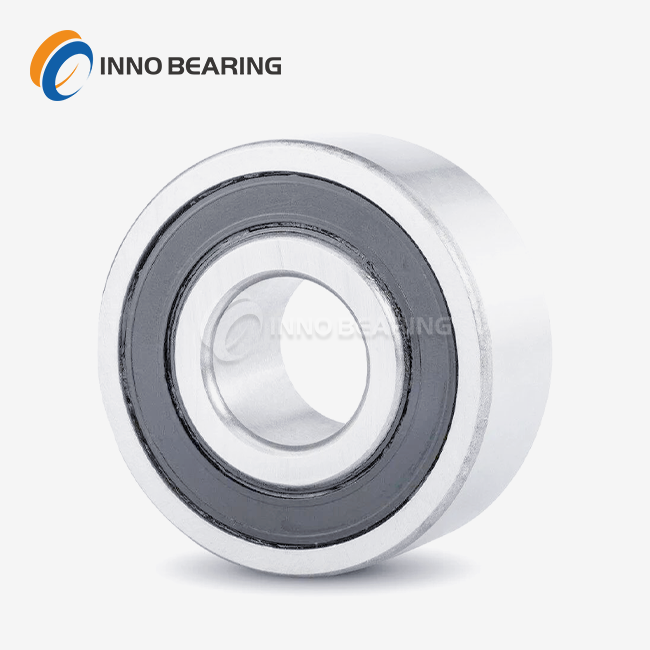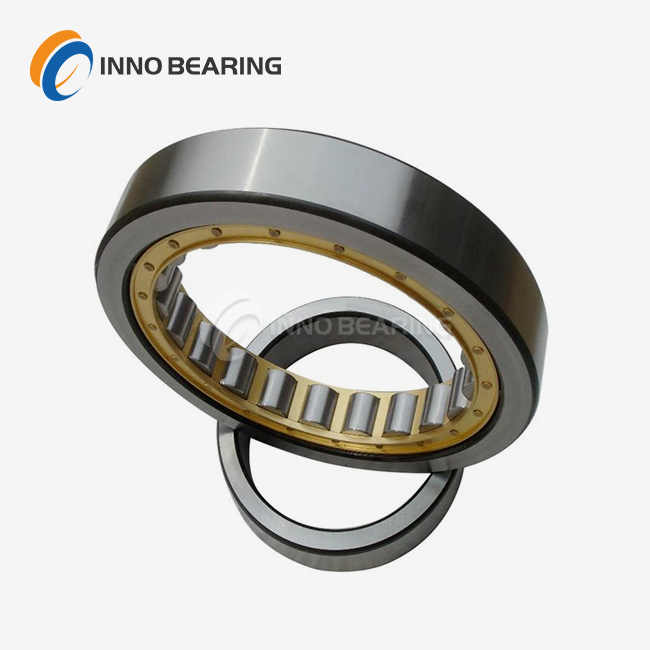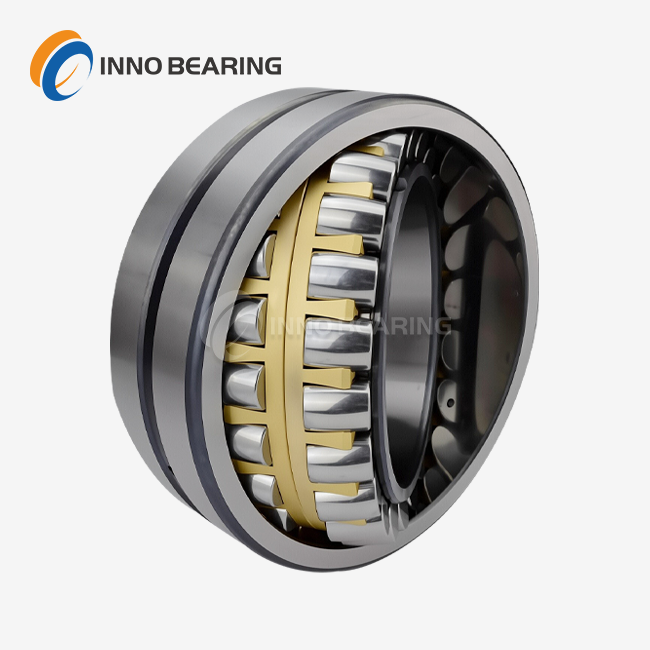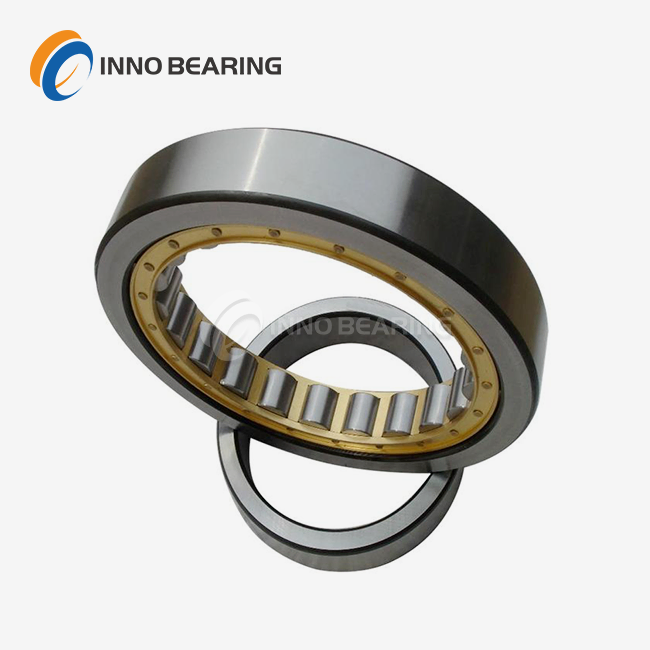- English
- French
- German
- Portuguese
- Spanish
- Russian
- Japanese
- Korean
- Arabic
- Greek
- German
- Turkish
- Italian
- Danish
- Romanian
- Indonesian
- Czech
- Afrikaans
- Swedish
- Polish
- Basque
- Catalan
- Esperanto
- Hindi
- Lao
- Albanian
- Amharic
- Armenian
- Azerbaijani
- Belarusian
- Bengali
- Bosnian
- Bulgarian
- Cebuano
- Chichewa
- Corsican
- Croatian
- Dutch
- Estonian
- Filipino
- Finnish
- Frisian
- Galician
- Georgian
- Gujarati
- Haitian
- Hausa
- Hawaiian
- Hebrew
- Hmong
- Hungarian
- Icelandic
- Igbo
- Javanese
- Kannada
- Kazakh
- Khmer
- Kurdish
- Kyrgyz
- Latin
- Latvian
- Lithuanian
- Luxembou..
- Macedonian
- Malagasy
- Malay
- Malayalam
- Maltese
- Maori
- Marathi
- Mongolian
- Burmese
- Nepali
- Norwegian
- Pashto
- Persian
- Punjabi
- Serbian
- Sesotho
- Sinhala
- Slovak
- Slovenian
- Somali
- Samoan
- Scots Gaelic
- Shona
- Sindhi
- Sundanese
- Swahili
- Tajik
- Tamil
- Telugu
- Thai
- Ukrainian
- Urdu
- Uzbek
- Vietnamese
- Welsh
- Xhosa
- Yiddish
- Yoruba
- Zulu
What are Slewing Ring Gears Used For?
A slewing ring gear is an intelligent, dual-function component used to provide both structural support and rotational power to massive machinery. Essentially, it is a large-diameter bearing with gear teeth machined directly onto its inner or outer ring. This integrated design is used for applications requiring active, powered rotation, as it allows a motor-driven pinion to engage directly with the bearing, eliminating the need for separate, bulky transmission systems. You'll find them at the heart of equipment like towering cranes, massive port loaders, and giant observation wheels, where they are responsible for transmitting immense torque to slew or pivot heavy superstructures with precision and control.
The Dual-Function Design: Combining Rotation and Power
An Integrated Transmission System
At its core, a slewing ring gear is an elegant piece of engineering consolidation. Instead of having a separate bearing to handle loads and a large, independent ring gear bolted on for power, the gear teeth are precision-machined directly onto the circumference of either the inner or outer bearing ring. These integrally forged components, made from robust steels like 50Mn or 42CrMo, create a single, unified part. This design drastically simplifies the overall machine structure, reduces the total number of components, minimizes potential points of failure, and saves a significant amount of weight and installation space. This is particularly valuable in the compact machinery compartments of cranes and other large equipment.
The Mechanics of the Gear Drive
The power transmission mechanism is straightforward yet powerful. A small gear, known as a pinion, is connected to the output shaft of a hydraulic or electric motor. This pinion's teeth mesh perfectly with the teeth on the slewing ring. When the motor is activated, it turns the pinion. As the pinion rotates, it "walks" along the stationary geared ring, forcing the entire structure attached to the other ring to slew. The gear teeth can be either straight (spur) for simple, high-torque applications or helical for smoother, quieter engagement at higher speeds. The choice depends on the specific performance requirements of the machine, but both deliver reliable, powerful rotational force.
Material Strength and Gear Hardening
The gear teeth on a slewing ring gear are subjected to immense stress and continuous wear. To ensure durability, they undergo a specialized heat treatment process called carburizing and quenching. This process infuses the surface of the steel with carbon and then rapidly cools it, creating an incredibly hard outer layer with a hardness of HRC 58-62. This hardened surface provides exceptional resistance to wear and fatigue. Meanwhile, the core of the gear tooth remains softer and tougher, allowing it to absorb shock loads without fracturing. Key inspection items like the depth of this carburized layer and the gear pitch error are meticulously controlled during manufacturing to guarantee a long and reliable service life.
Powering Heavy Industry: Key Applications
Reaching New Heights with Cranes
Look at any large tower crane on a city skyline, and you are looking at a prime application for a slewing ring gear. Located at the base of the tower's rotating top section, the geared slewing bearing allows the entire jib, operator's cab, and counterweight assembly to rotate 360 degrees. The integrated gear drive provides the powerful torque needed to move the long jib against wind loads and inertia, allowing operators to position heavy materials with incredible precision across a wide construction site. The same principle applies to massive portal cranes used in shipyards and industrial plants, where powered slewing is essential for lifting and moving heavy components.
Thrills and Views: Large Amusement Equipment
The smooth, steady rotation of a giant observation wheel is made possible by a large slewing ring gear bearing. In this application, safety and reliability are paramount. The bearing not only supports the immense weight of the entire wheel structure and its passengers but its integrated gear also provides the primary drive mechanism. A motor-driven pinion engages the ring gear to turn the wheel at a slow, controlled speed, ensuring a pleasant and safe experience. The robust design of the gear drive ensures smooth starts and stops, contributing to the ride's overall quality and operational integrity.
The Backbone of Logistics: Port and Loading Machinery
In the bustling environment of a modern shipping port, speed and reliability are everything. The massive ship-to-shore cranes that load and unload containers rely on heavy-duty geared slewing bearings. These bearings allow the crane's upper structure to rotate, aligning the trolley system over the correct container cell on a ship or a waiting truck. The work is continuous and demanding, requiring a drive system that can handle high cycles and significant dynamic loads. The integrated slewing ring gear provides a robust and durable solution that can withstand the harsh marine environment, often protected by specialized fluororubber seals to resist salt spray and grease degradation.
Selecting the Right Geared Slewing Bearing
Matching Gear Specifications to the Drive System
For a geared slewing bearing to function correctly, its gear teeth must perfectly match the pinion of the drive motor. The most important specification here is the gear "module," a standardized unit that defines the size of the teeth (typically from module 2 to 12). A larger module indicates larger, stronger teeth capable of transmitting more torque. The gear on the slewing ring and the pinion gear must have the same module and pressure angle to ensure smooth, efficient meshing. A mismatch will lead to excessive noise, rapid wear, and eventual failure of the drive system.
Sizing for Load and Performance
The physical dimensions of the bearing - its diameter, height, and the width of the slewing ring gear - are determined by the forces it must withstand. Engineers must calculate the axial load (the vertical weight), the radial load (horizontal forces like wind), and the powerful moment load (the tipping force created by an extended boom or offset weight). The bearing, with a diameter that can range from 500mm to 3500mm, must be sized to handle these combined loads with a sufficient safety factor. The gear ring width, from 20mm to 80mm, is selected based on the torque required for the slewing motion.
Quality Control: The Mark of a Reliable Bearing
When procuring a geared slewing bearing, quality assurance is non-negotiable. Reputable manufacturers perform rigorous inspections to verify critical parameters. Checking for minimal "gear pitch error" is essential for ensuring the teeth are perfectly spaced for smooth meshing. Verifying the "depth of the carburized layer" and the "tooth surface hardness" confirms that the heat treatment was successful and that the gear will resist wear over its lifetime. Asking a supplier for documentation on these key inspection items is a crucial step in ensuring you are purchasing a safe, high-quality, and reliable component.
Conclusion
The slewing ring gear is a masterful integration of bearing and power transmission technology. By combining these two functions into one robust component, it provides the rotational muscle for some of the largest and hardest-working machines on the planet. From lifting materials hundreds of feet in the air with a tower crane to providing the gentle rotation of an observation wheel, its role is fundamental. The success of any heavy-duty application depends on the careful selection of a high-quality geared bearing, one that is properly sized for the load and manufactured to exacting standards of gear and material integrity.
FAQs
What is the main advantage of an integrated slewing ring gear?
The primary advantage is design simplification. By machining the gear directly onto the bearing ring, it eliminates the need for a separate, large ring gear and its mounting hardware. This reduces the number of parts, saves significant space and weight, simplifies assembly, and creates a more direct and efficient power transmission path from the motor to the rotating structure.
What is the difference between an internal and an external gear?
An external gear has teeth machined on the outer circumference of a ring, while an internal gear has teeth on the inner circumference. External gears are more common and easier to manufacture and inspect. Internal gears offer a more compact drive assembly and provide inherent protection for the gear and pinion, making them suitable for certain space-constrained or harsh-environment applications.
What does gear "module" mean?
The module is a fundamental unit in gear design that defines the size of the gear teeth. It is calculated by dividing the gear's pitch diameter by the number of teeth. For a pinion and ring gear to mesh correctly, they must have the same module. A larger module number signifies larger, stronger teeth, which are capable of transmitting higher torque.
How is a slewing ring gear maintained?
Proper maintenance involves regular lubrication of two separate systems: the bearing raceway (where the balls or rollers run) and the gear teeth. Grease should be applied to the gear teeth to reduce friction and wear, while the bearing's internal raceway should be lubricated through grease fittings to protect the rolling elements. Regular inspection for tooth wear and re-torquing of mounting bolts is also critical.
Precision Power Transmission: Your Slewing Ring Gear Partner | INNO Bearing
With nearly 30 years of industry leadership, Luoyang INNO Bearing Co., Ltd. is a professional manufacturer specializing in large-scale and non-standard bearing solutions. As an experienced factory and supplier, we engineer high-quality slewing ring gear products with meticulous quality control, ensuring optimal gear hardness and pitch accuracy for demanding applications. Our team provides full-scenario technical support to help you design or select the perfect bearing. For a reliable, high-performance solution, contact us today. Email us at: sales@inno-bearing.com.
References
Drago, Raymond J. Fundamentals of Gear Design.
Machinery's Handbook, 31st Edition.
Budynas, Richard G., and J. Keith Nisbett. Shigley's Mechanical Engineering Design, 11th Edition.
"Gear Design for Heavy Machinery and Cranes." Journal of Mechanical Engineering and Technology.
Harris, Tedric A., and Michael N. Kotzalas. Rolling Bearing Analysis: Advanced Concepts of Bearing Technology.
"Slewing Ring Technology in Port and Material Handling Systems." World Crane & Transport Magazine.
Learn about our latest products and discounts through SMS or email




